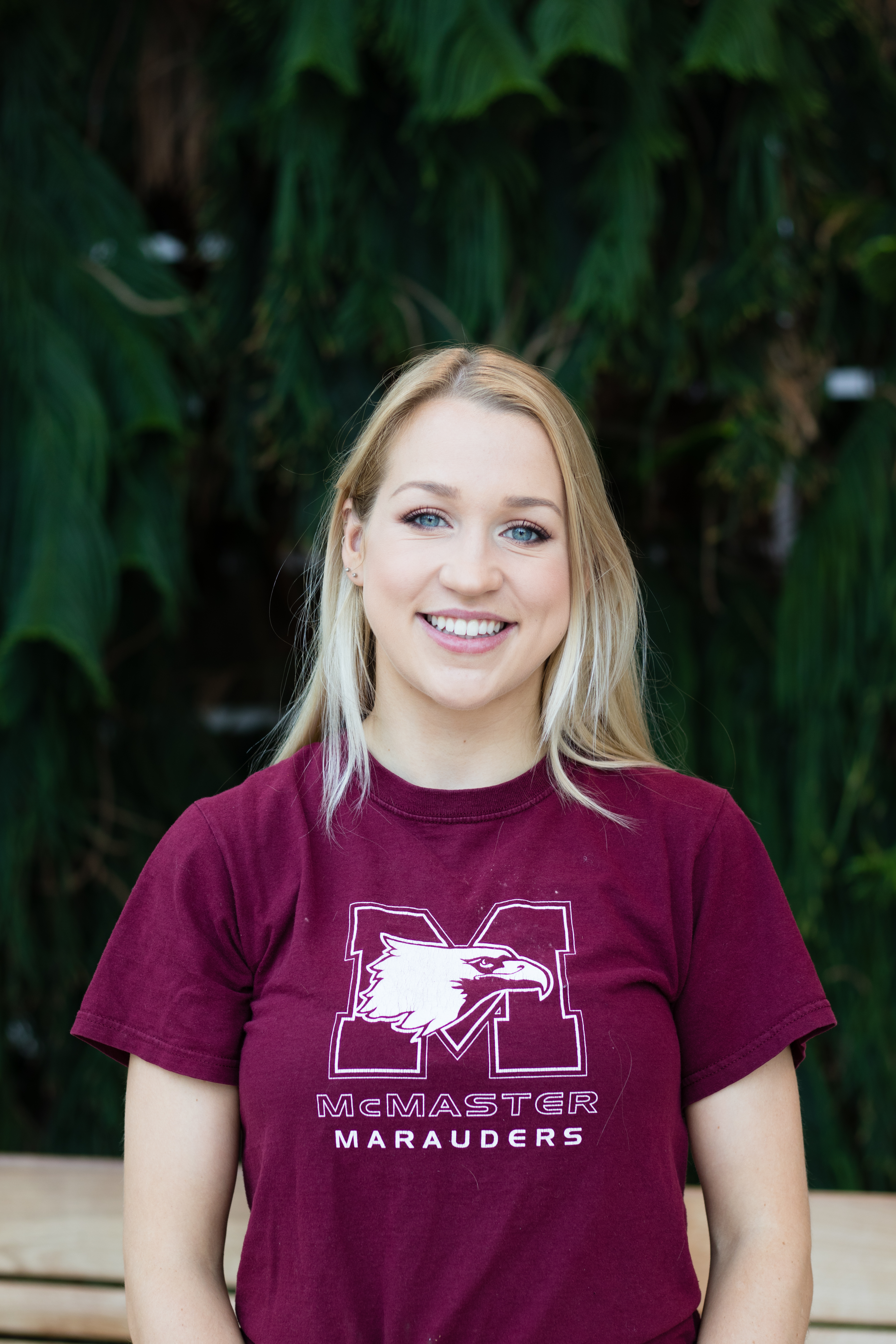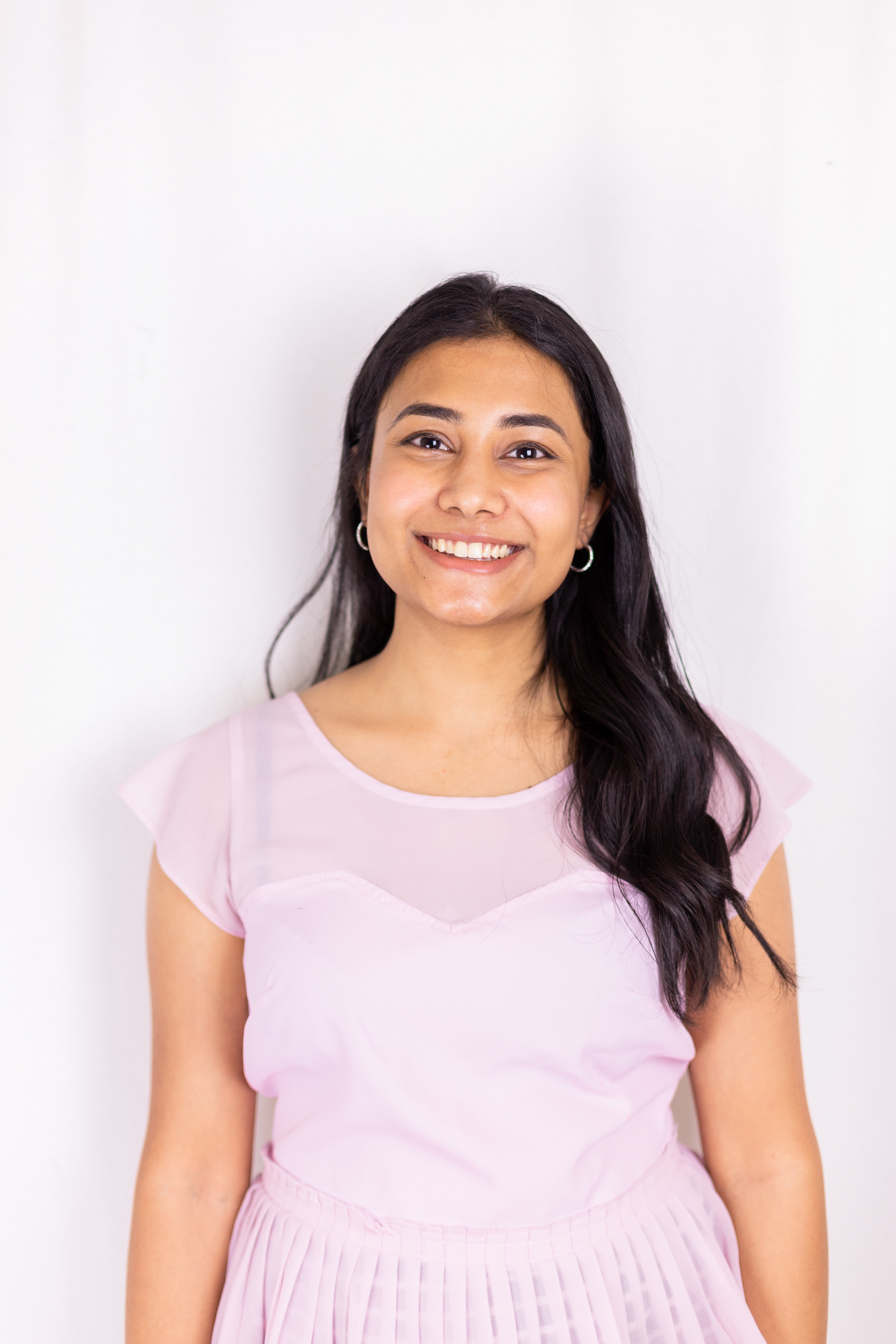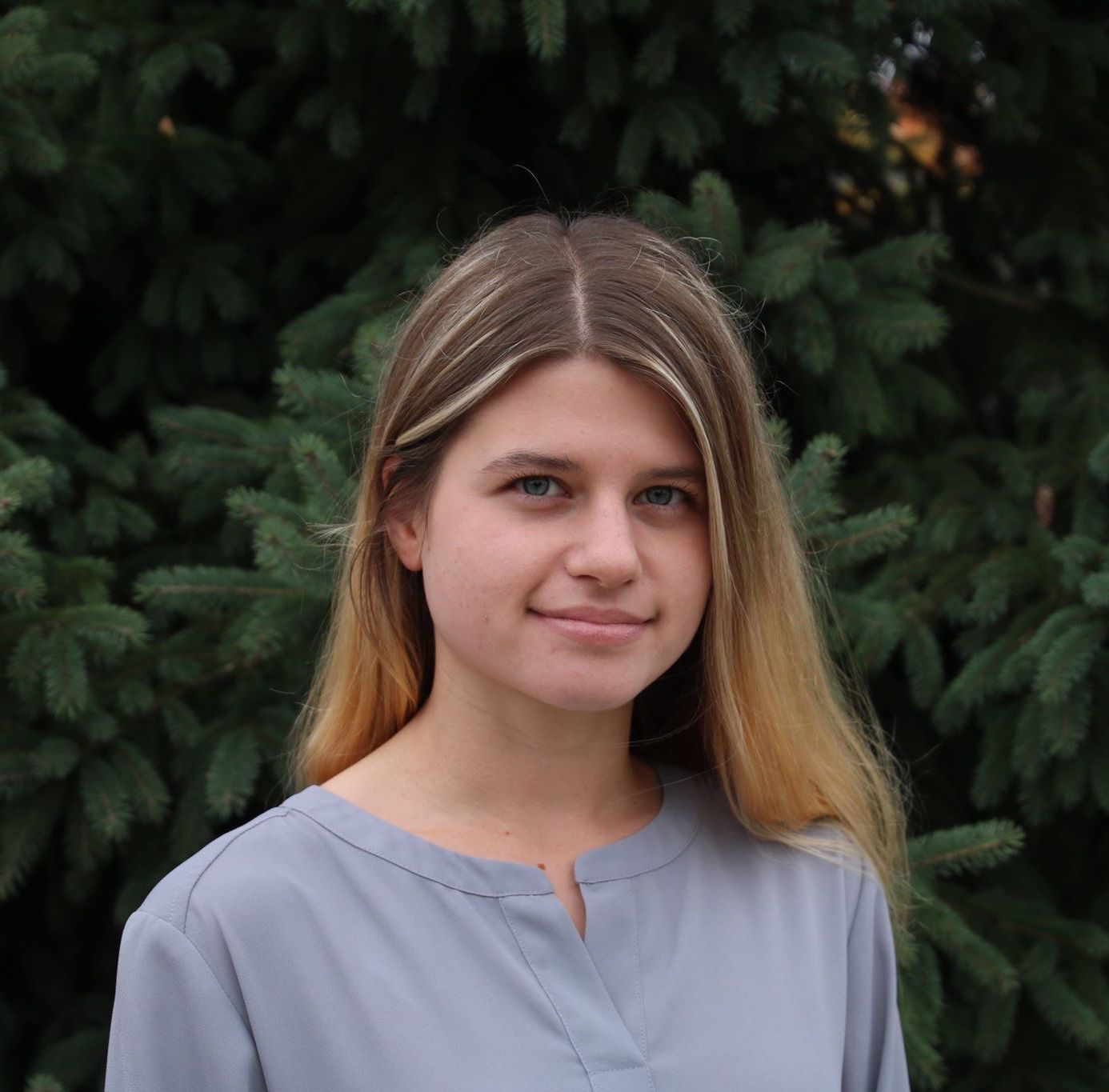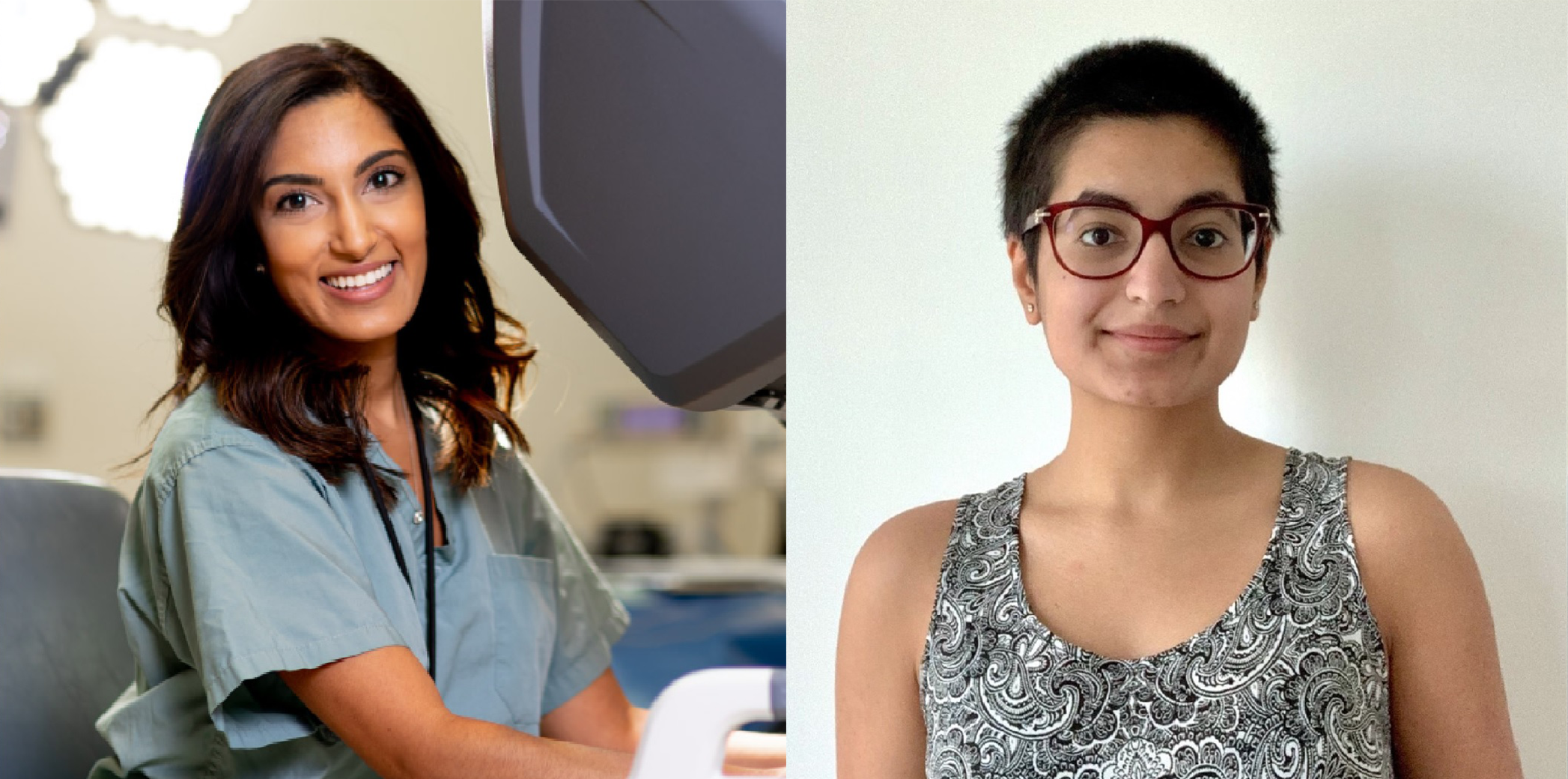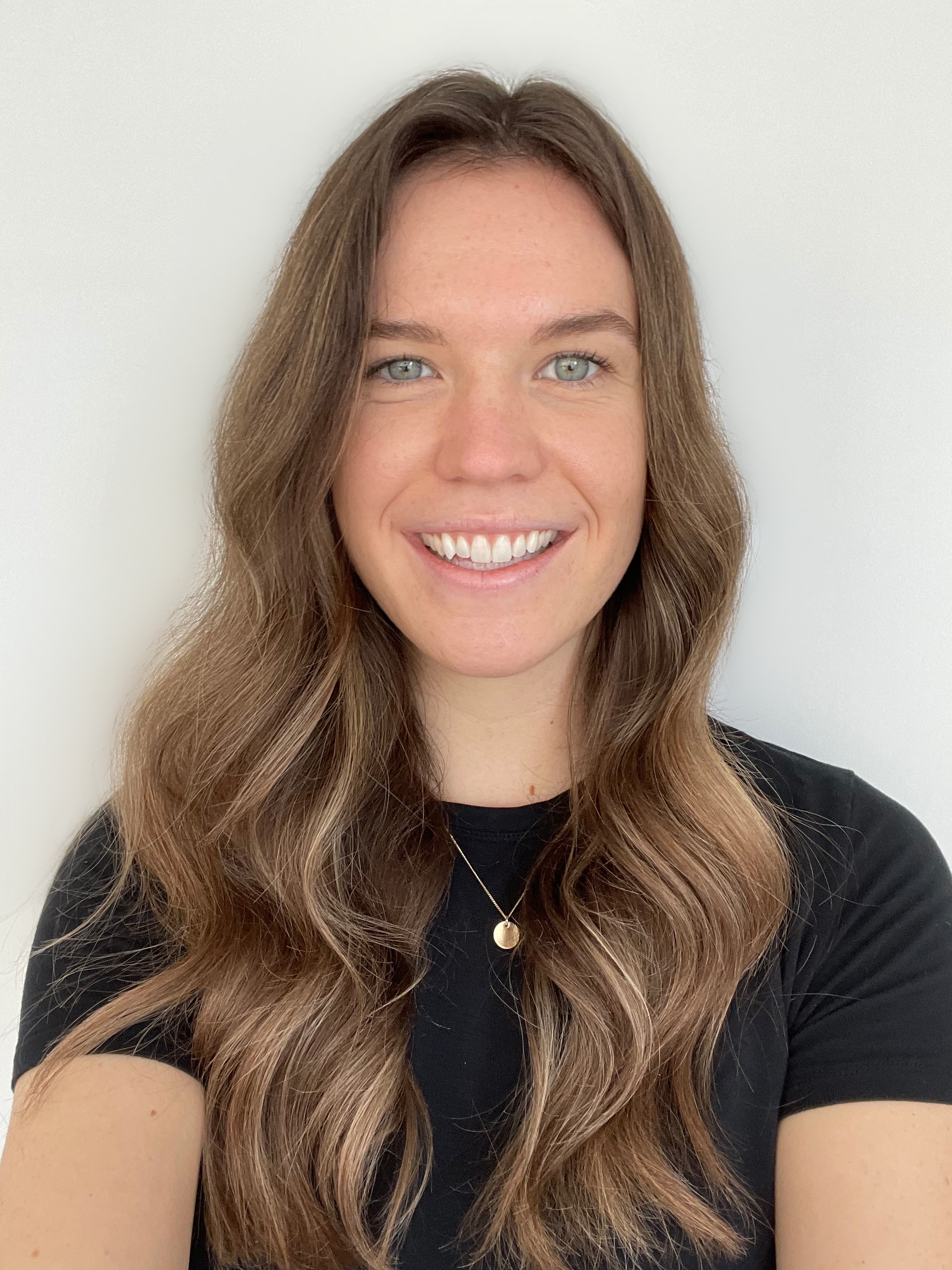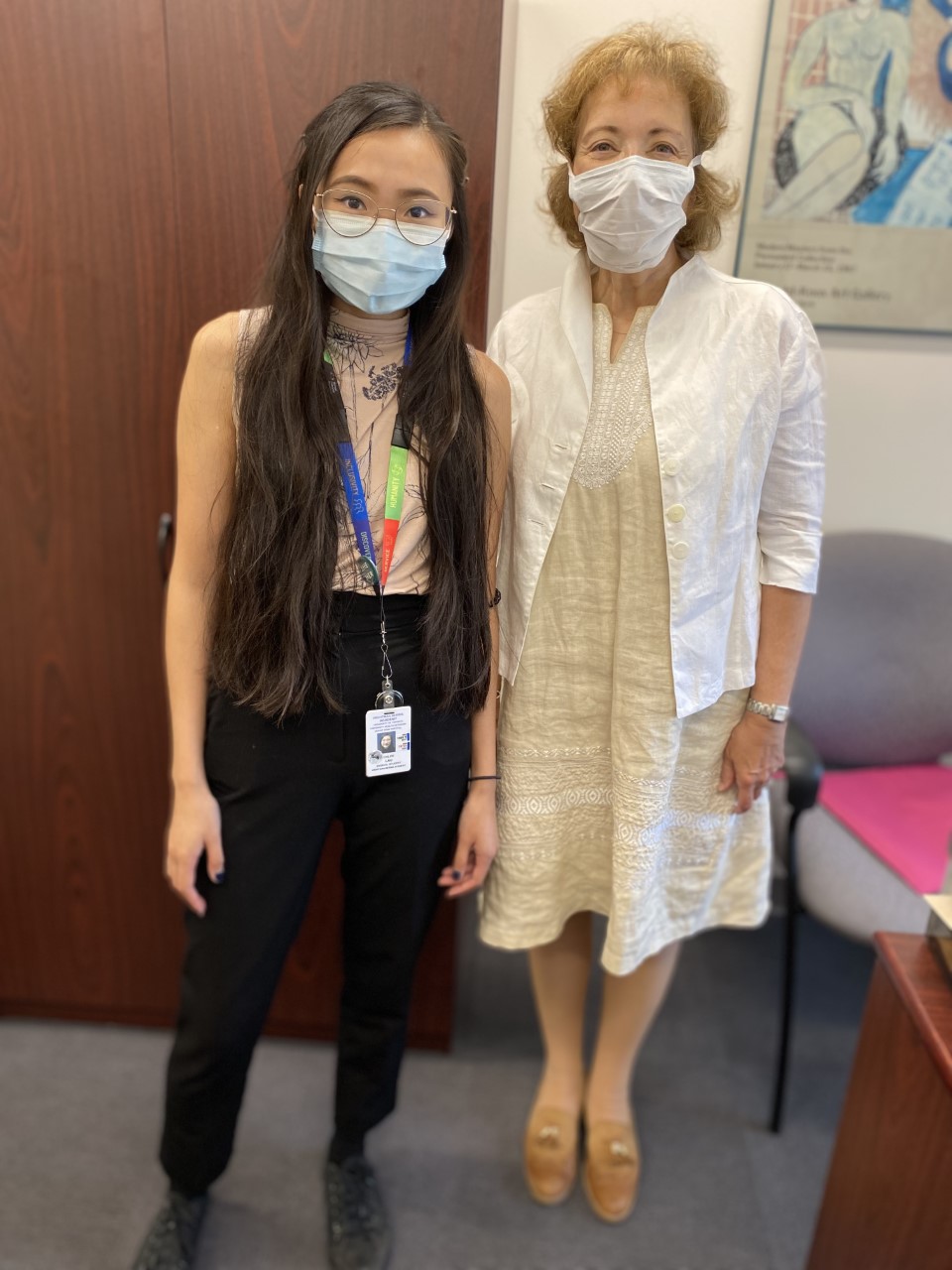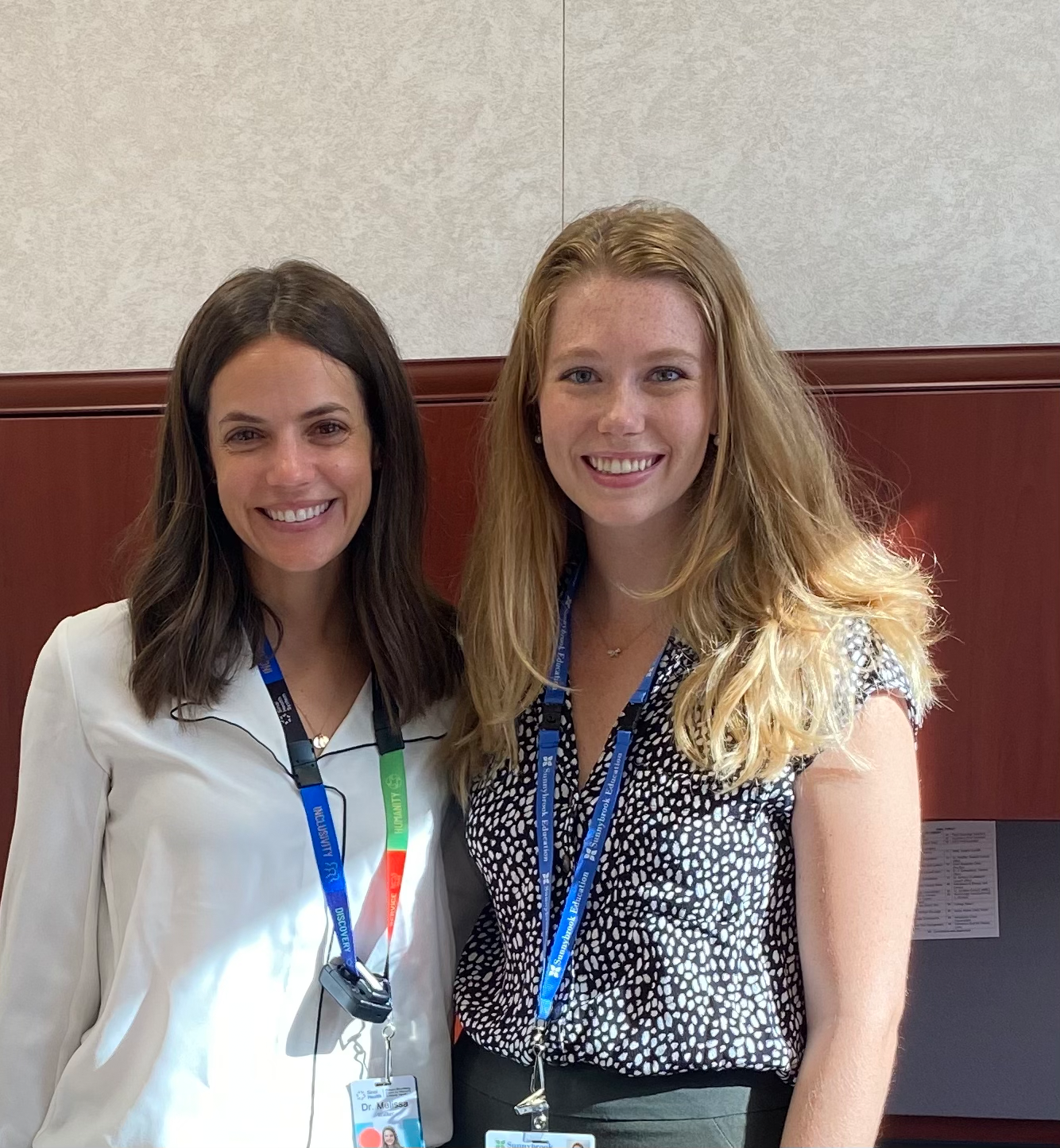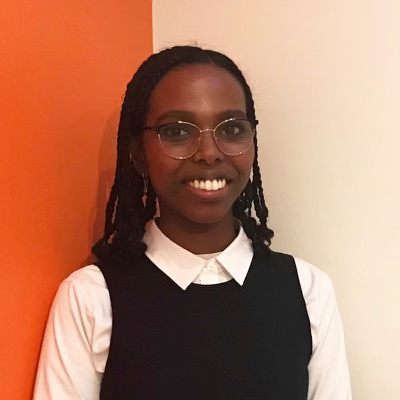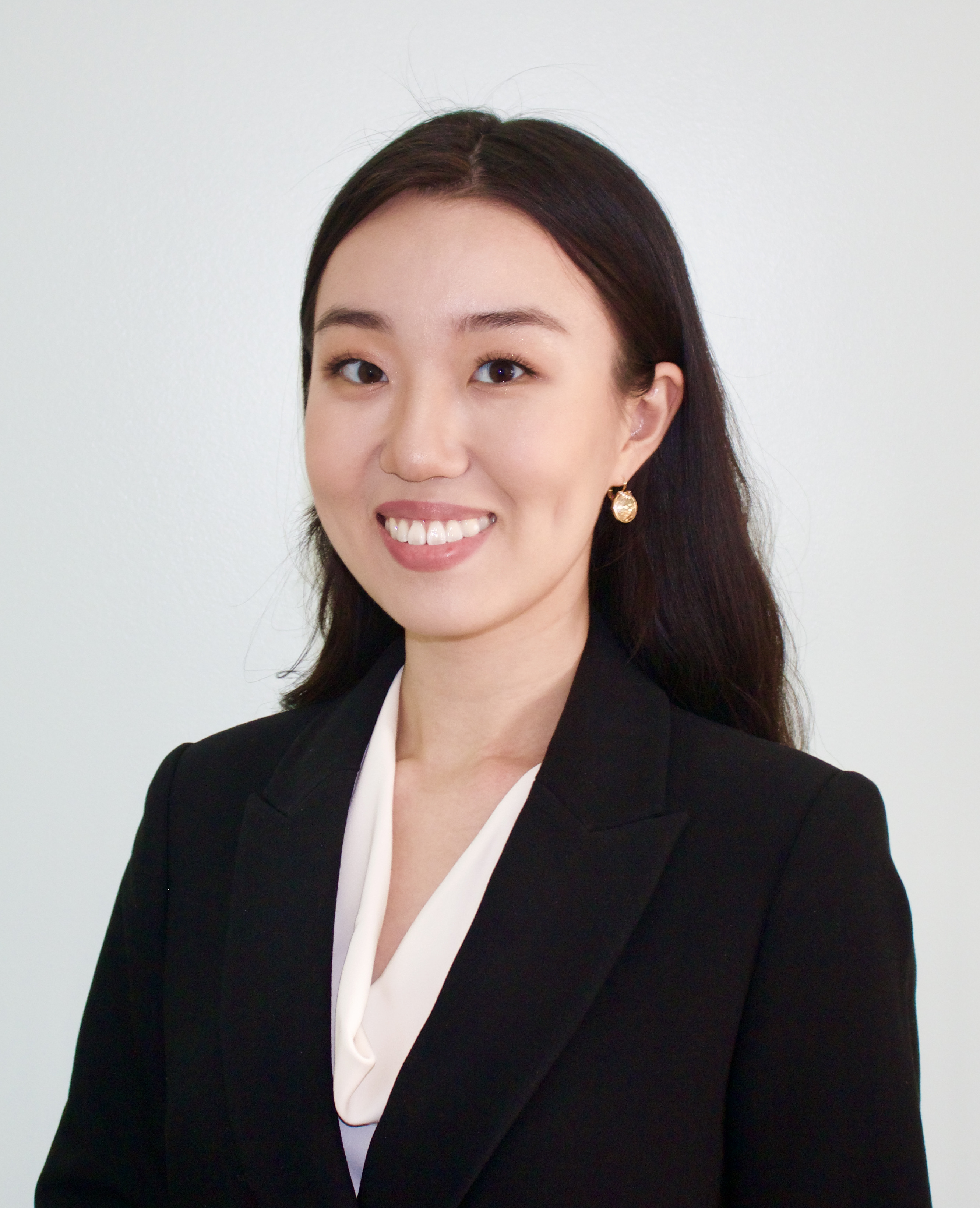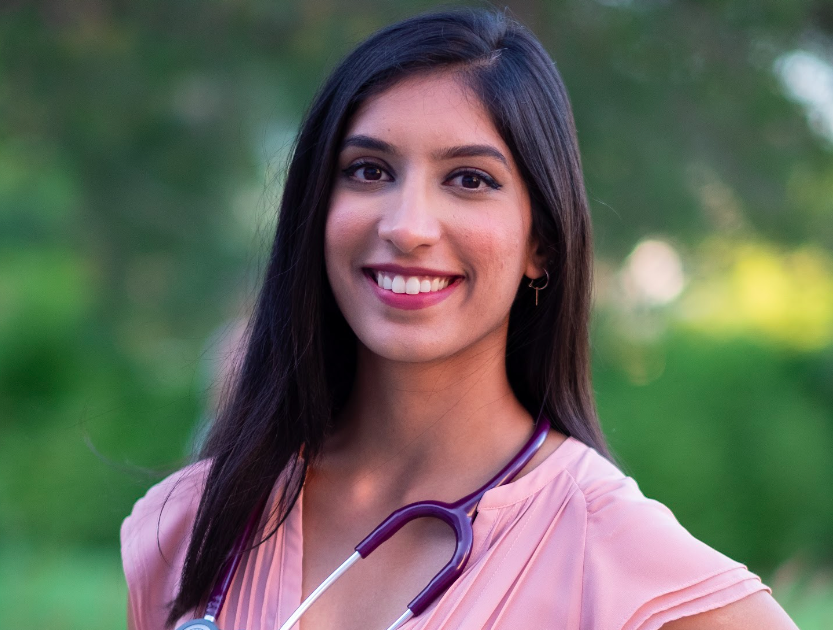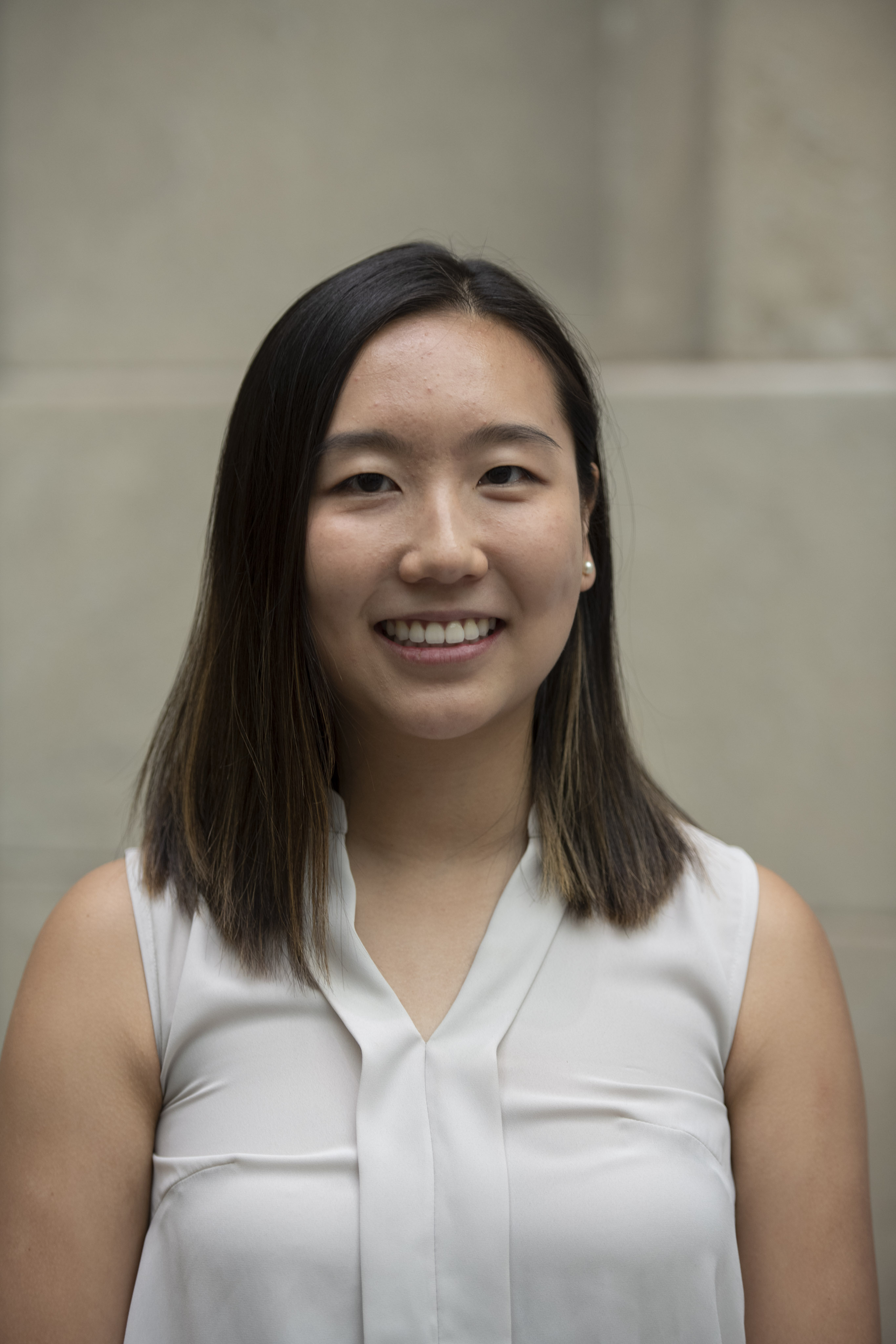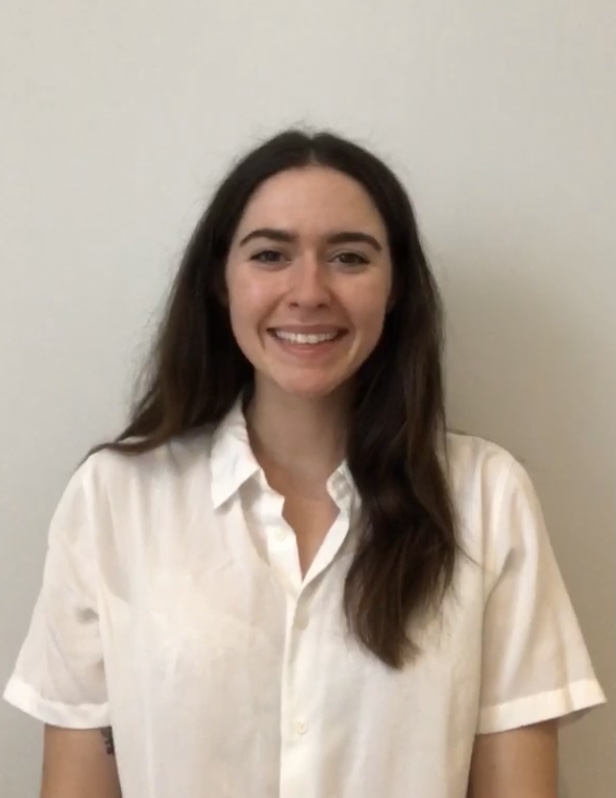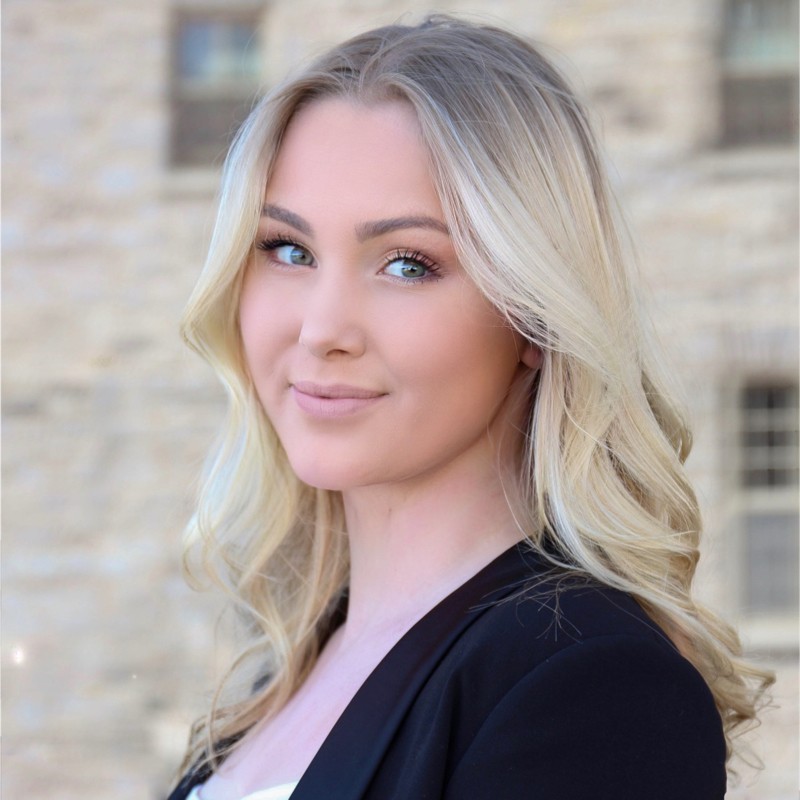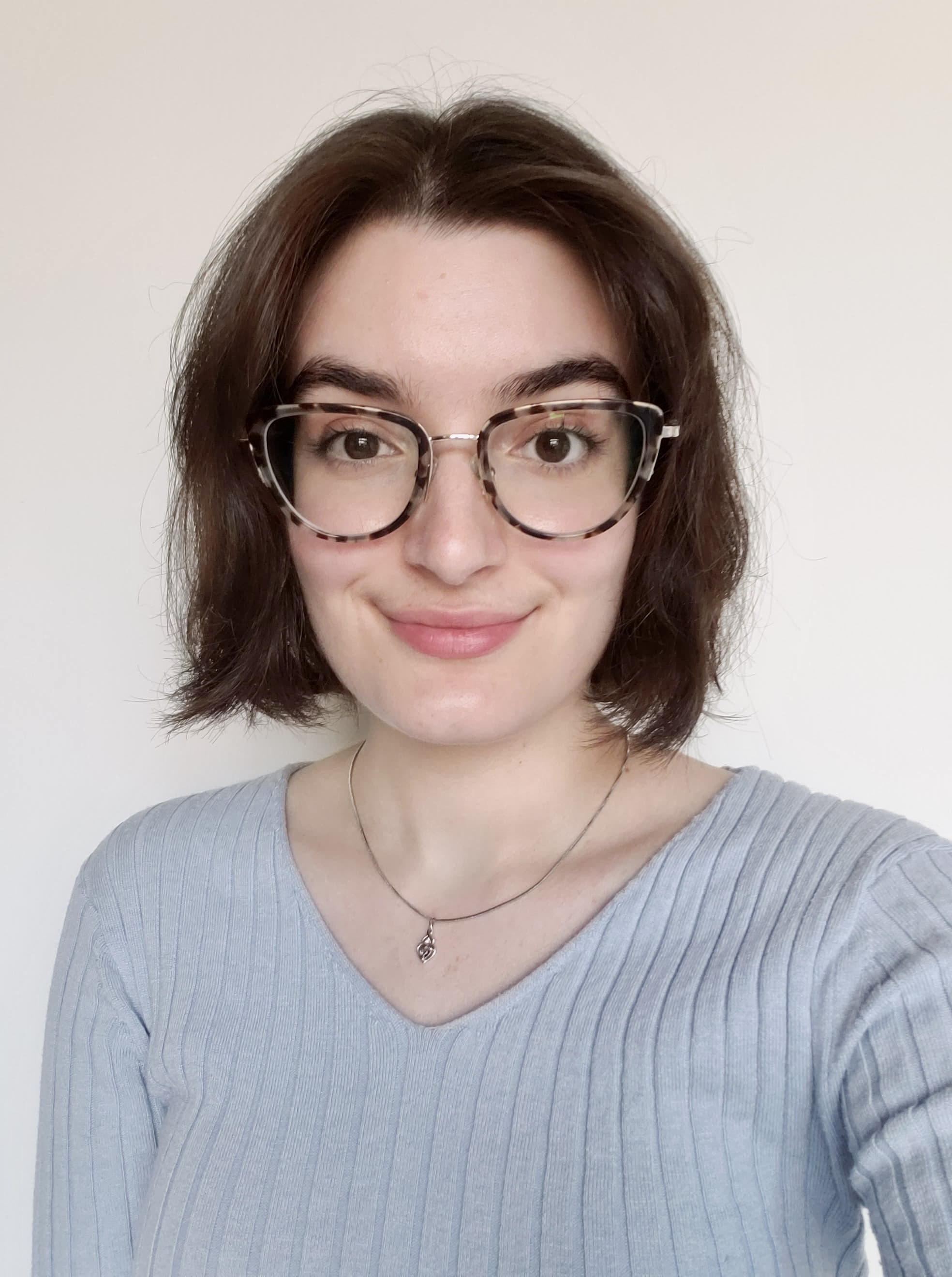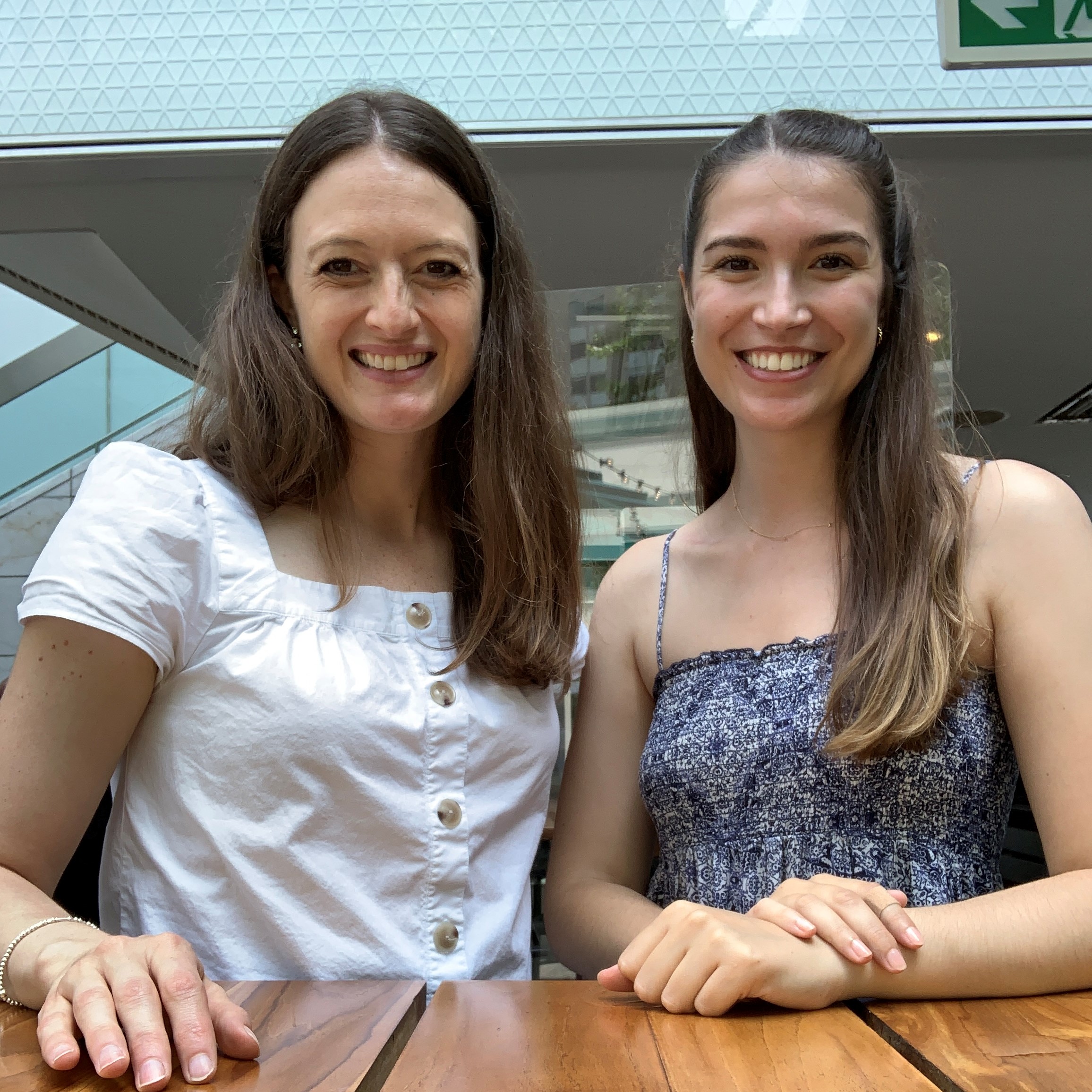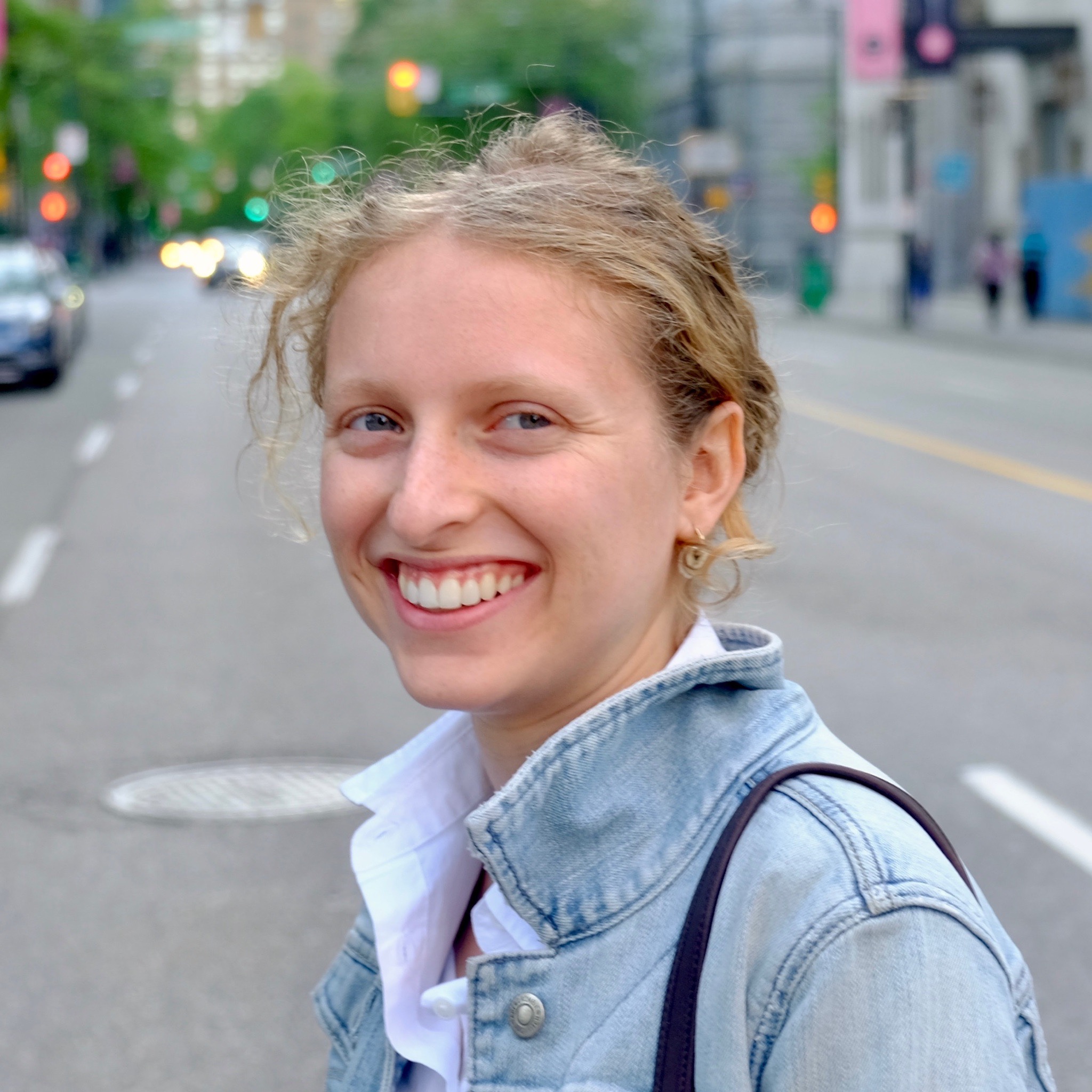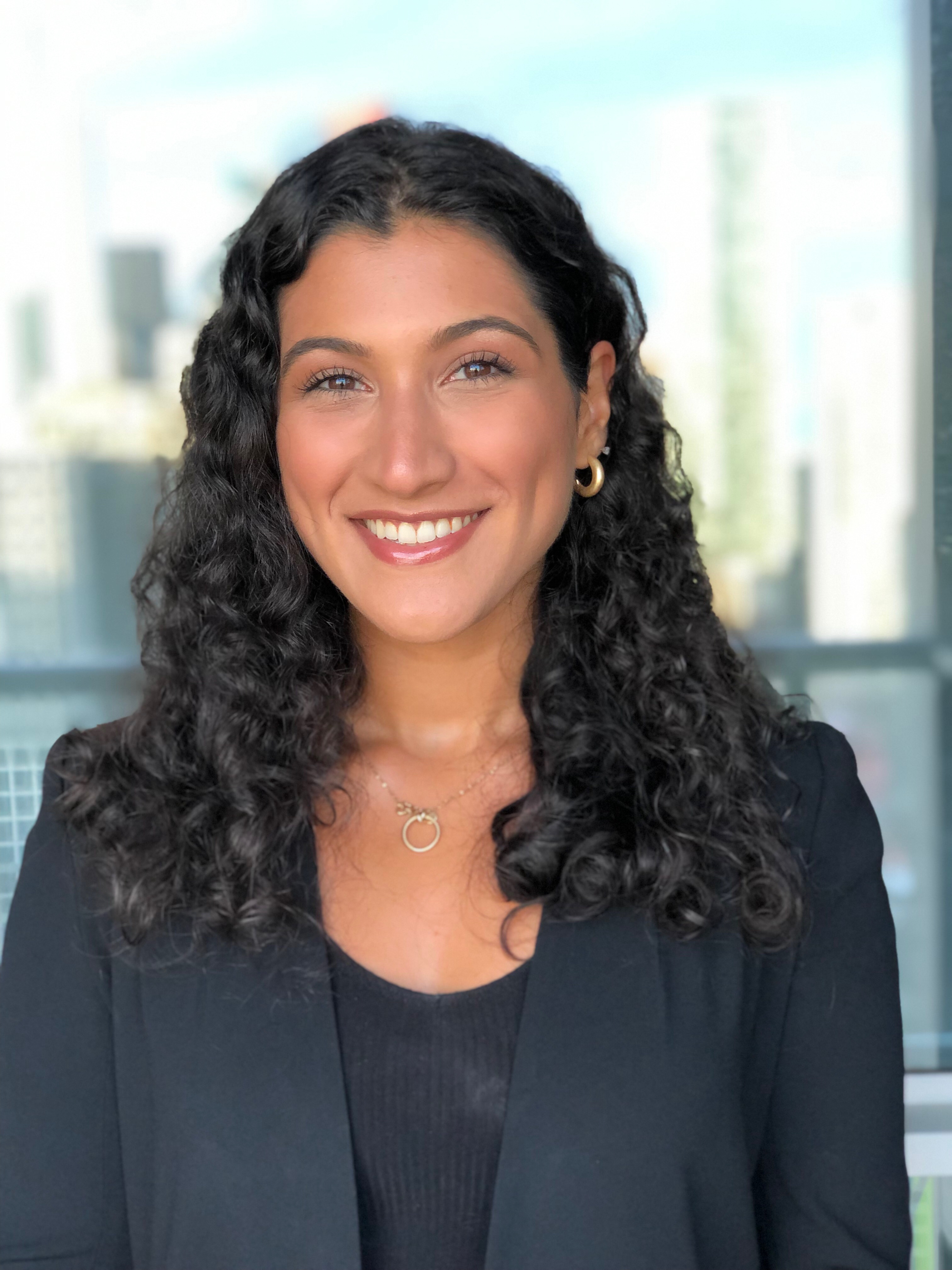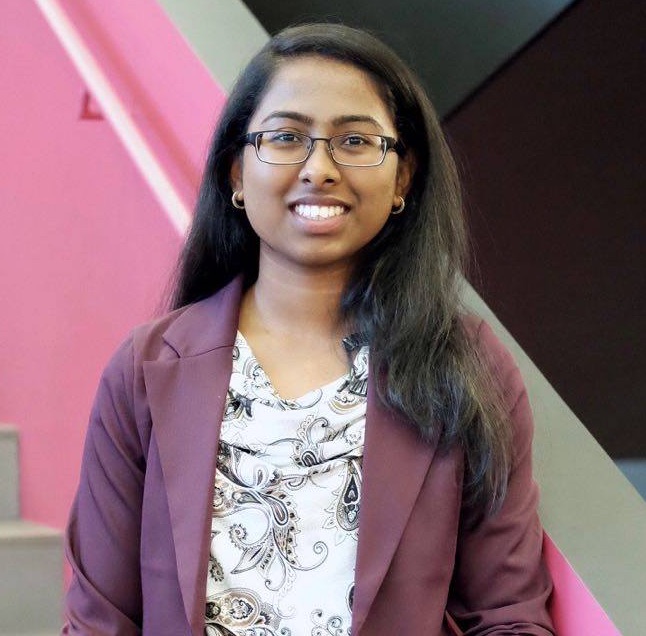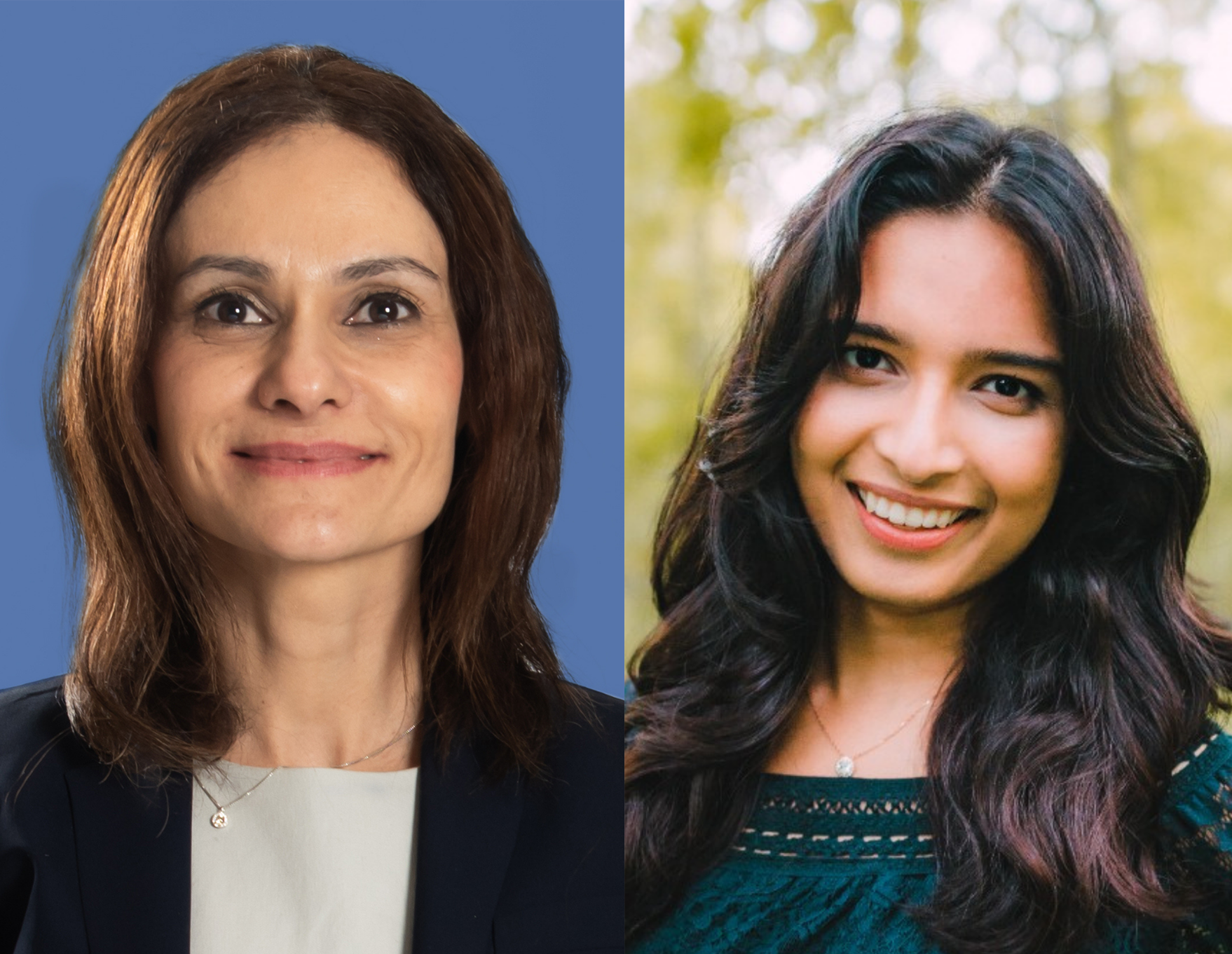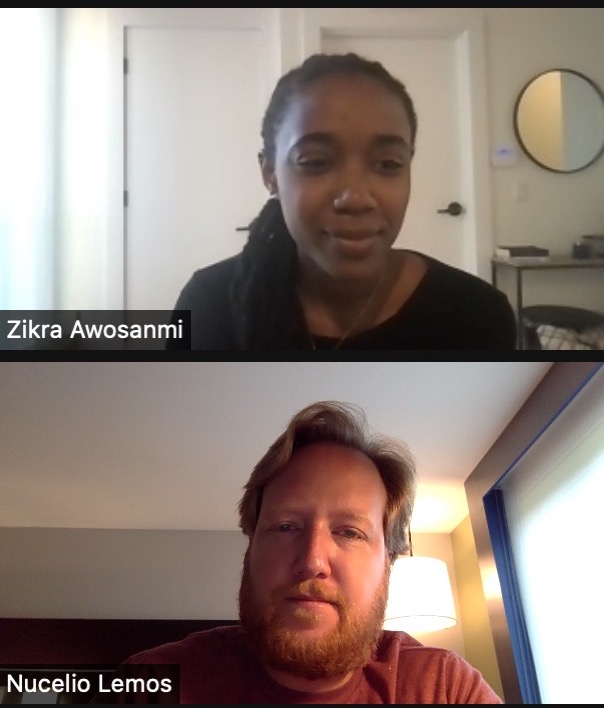Faculty Members Provide Summer Students with Real-World Research Experience
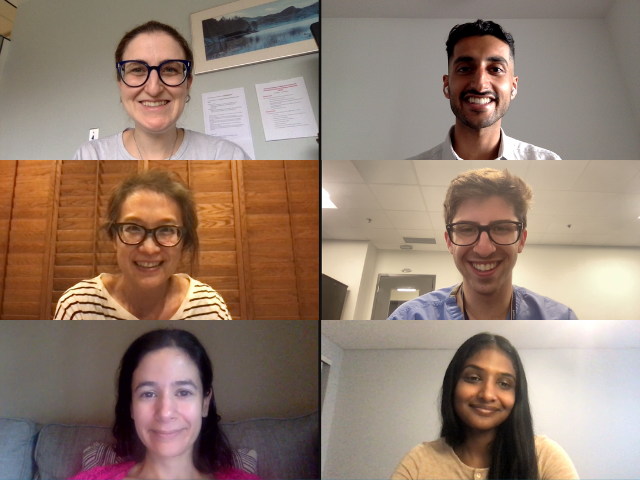
Each year, the Department of Obstetrics and Gynaecology offers our faculty members the opportunity to hire summer students to assist with their research projects. The program offers faculty members assistance with their research, while simultaneously providing students the opportunity to gain hands-on, real-world experience and contribute meaningful findings to the field of Ob-Gyn research.
Our Summer Student Research Program is made possible by the Gordon C. Leitch Bursary for Student Research in Obstetrics and Gynaecology. This bursary is funded by a generous endowment bequeathed to our Department by Mr. Leitch, a prominent businessman and chairman of the board of Toronto Western Hospital who died in 1954. Some projects are funded through the Temerty Faculty of Medicine's CREMS (Comprehensive Research Experience for Medical Students) program, with the funding matched on a one-to-one basis by the Leitch bursary. Other projects are funded through the Chair's Summer Student Award, where the Leitch bursary is supplemented by the Ob-Gyn faculty member's hospital or practice plan.
This year, our department provided 28 summer students with the opportunity to work alongside faculty members on a diverse range of projects across each Ob-Gyn specialty. Seven of these projects were funded through CREMS, and 21 others through the Chair's Summer Student Award. Read more about our summer students and their experiences below!
To read more about our summer student program, please visit https://obgyn.utoronto.ca/summer-student-programs.

